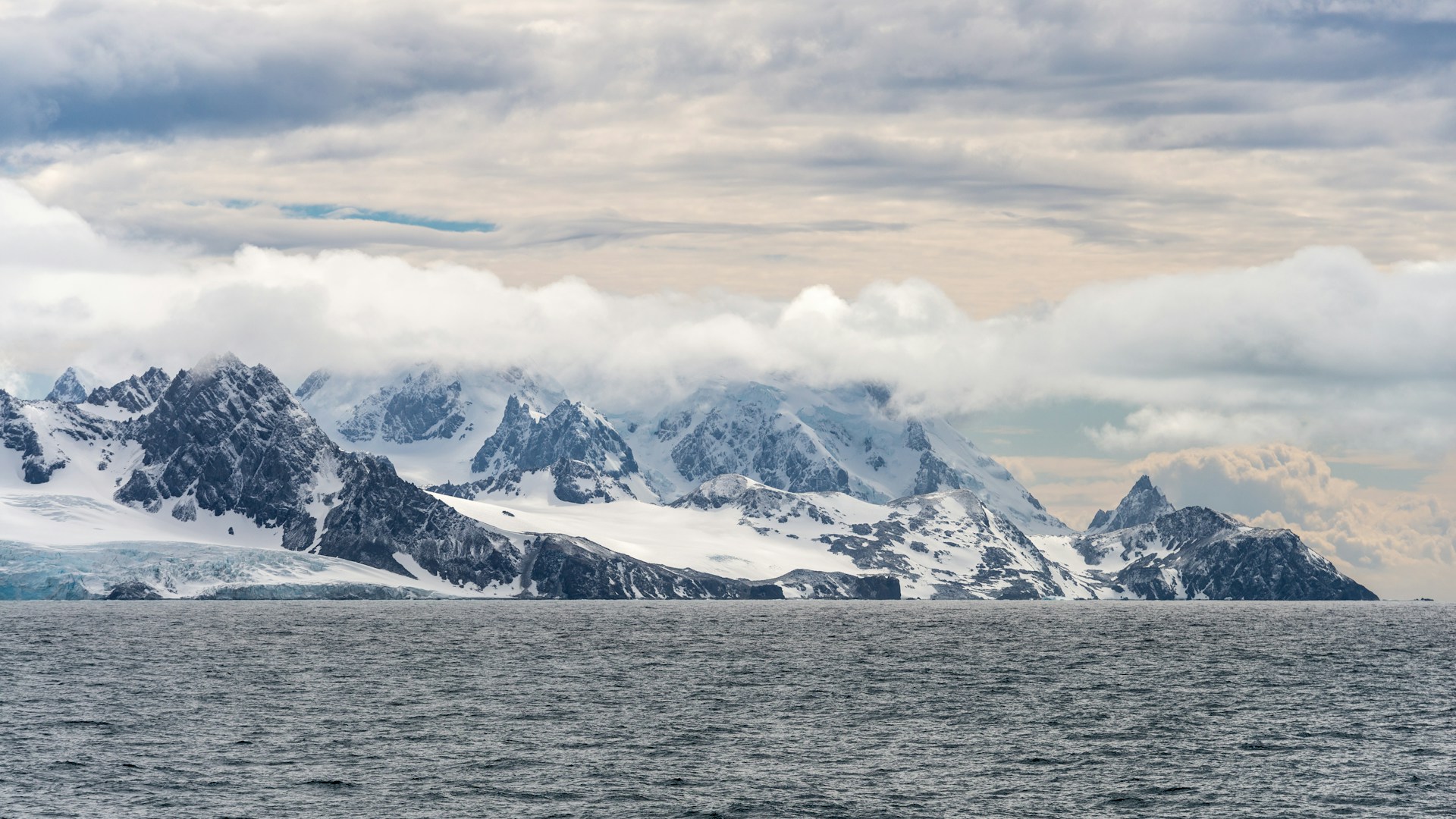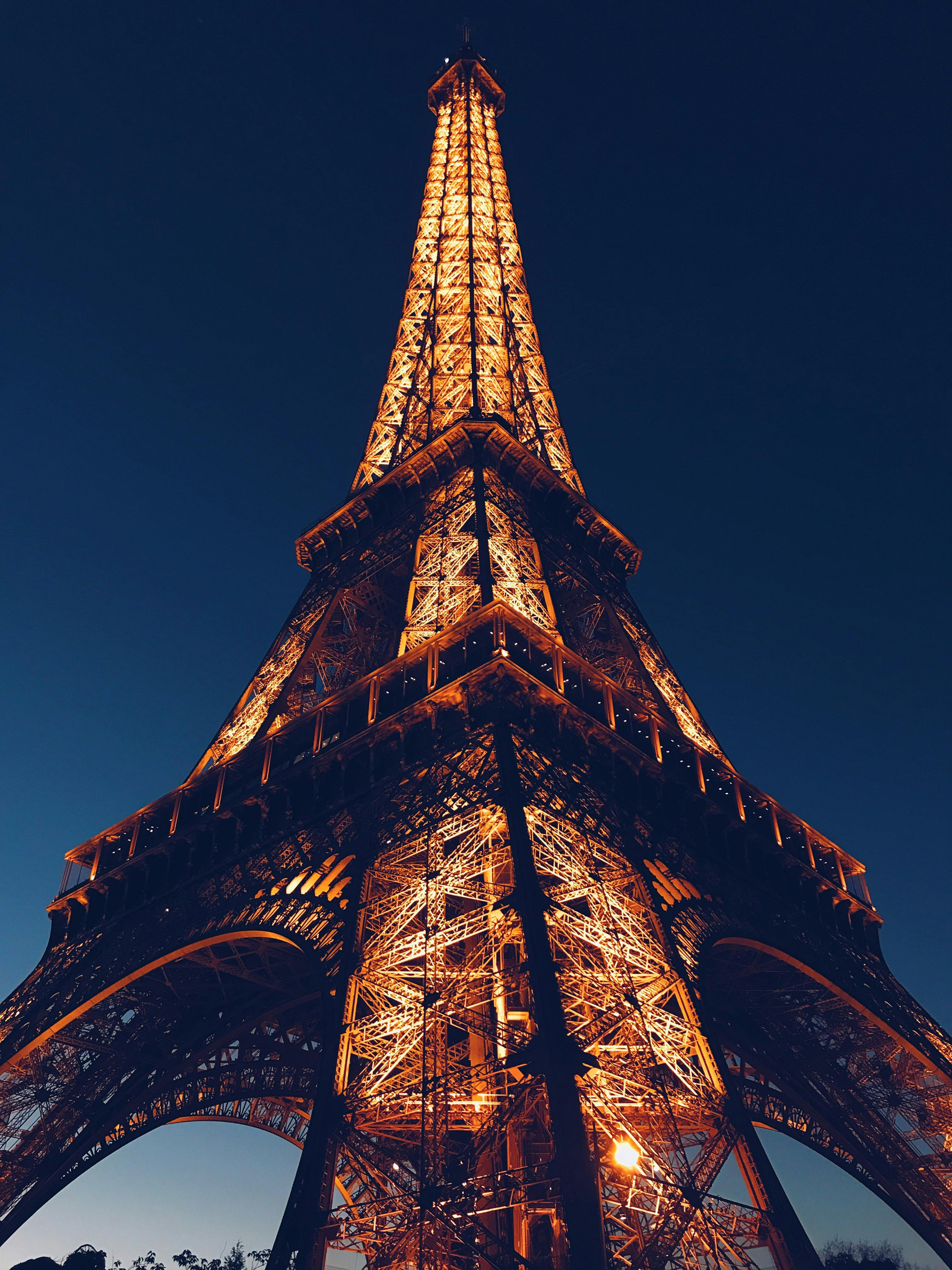Known For
Observe incredible wildlife, including penguins, seals, and whales, in their natural habitats. The continent is home to several species uniquely adapted to the extreme environment.
Wildlife Watching
Explore the breathtaking landscapes of Antarctica aboard expedition cruises that navigate through icy waters, towering icebergs, and remote islands.
Scenic Cruises
Visit vast colonies of Adelie, Chinstrap, and Emperor penguins, offering unforgettable encounters with these charismatic birds.
Penguin Colonies
Witness massive glaciers and ice shelves, some of the most pristine and untouched in the world, creating stunning panoramic views.
Glacier Exploration
Take small inflatable boats for up-close encounters with ice formations, wildlife, and secluded landings along the Antarctic coast.
Zodiac Excursions
Tour scientific research stations operated by different countries to learn about ongoing studies on climate, wildlife, and glaciology.
Research Stations Visits
Experience the thrill of paddling through icy waters, navigating around icebergs, and enjoying the silence of the polar wilderness.
Kayaking and Paddleboarding
For the adventurous, cold-water diving and snorkeling offer a unique way to explore Antarctica’s underwater world, teeming with marine life.
Polar Diving and Snorkeling
Scale icy peaks and explore untouched landscapes with guided mountaineering experiences, ideal for thrill-seekers.
Mountaineering and Ice Climbing
Depending on the season, experience 24-hour daylight in the summer or witness the stunning Southern Lights (Aurora Australis) during the winter months.
Midnight Sun and Aurora Australis
Discover remnants of early explorers’ huts, whaling stations, and even historic shipwrecks that tell tales of Antarctica’s exploration history.
Historic Sites and Shipwrecks
Spend a night in the wilderness under the Antarctic sky, experiencing the serene and surreal silence of the frozen continent.

 Accounts
Accounts
 Travel Goals
Travel Goals
 Saved
Saved
 Subscription
Subscription
 Currency
Currency
 Settings
Settings
 Sign out
Sign out






 Burna.Boy@gmail.com
Burna.Boy@gmail.com






























